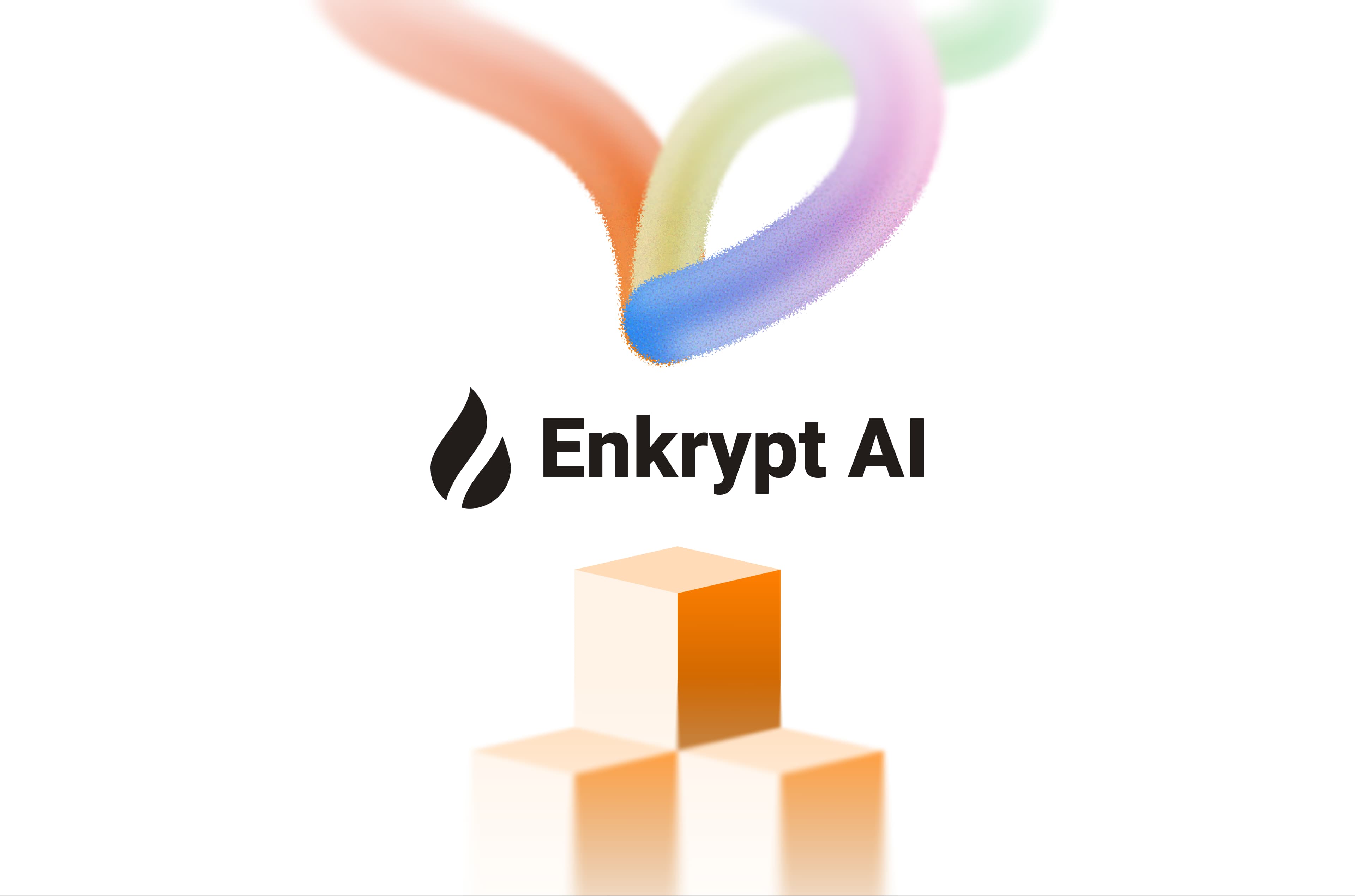Vibe Coding and the Velocity of AI Development: Are We Moving Faster Than Trust?
.avif)
.avif)
Introduction
In recent months, a new term has started to gain traction across tech circles and enterprise boardrooms alike: vibe coding. "vibe coding" refers to the practice of building functional software using natural language prompts instead of traditional code. With the rise of large language models (LLMs) like GPT-4, Claude, and others, developers and even non-developers can now prompt AI systems to generate working code, prototype applications, and streamline deployment cycles in minutes rather than weeks.
This trend is not just reshaping how software is built; it's accelerating everything. And that raises a fundamental question: Are we moving faster than we can secure what we build?
What Is Vibe Coding?
Vibe coding, in essence, turns natural language into production logic. Developers (and increasingly, non-engineers) describe what they want an app or system to do, and an LLM turns that request into working code. It eliminates traditional handoffs, shortens feedback loops, and can massively compress software timelines. Tools like GPT-4, Claude, and others are already enabling developers to generate 20% or more of their codebase via AI.
The appeal is obvious:
- Prototyping is faster
- Collaboration is simpler
- Code becomes accessible to more teams
But it also creates challenges:
- Bypassed security and governance steps
- Inconsistent or hallucinated logic in AI-generated code
- Shadow IT emerging from non-engineering teams
Why This Matters Now
With enterprise teams racing to integrate GenAI into their development pipelines, organizations are starting to ask deeper questions about the risks. What happens when apps built via vibe coding touch sensitive data? Or when an AI-generated script is deployed without proper review?
The consequences aren't theoretical. As more companies empower teams to move faster with GenAI, the surface area for risk grows exponentially.
At Enkrypt AI, we believe the pace of innovation shouldn’t come at the cost of security or accountability. That’s why we’re focused on enabling organizations to embrace speed with safety.
Here’s how we help:
- Real-Time Red Teaming: Continuously test and validate AI-generated outputs
- Prompt Guardrails: Catch risky prompts before they lead to unsafe logic
- Code & Model Monitoring: Visibility into what’s being built—even outside traditional CI/CD flows
- Governance-Ready Reporting: Ensure compliance with evolving frameworks (NIST, SOC 2, EU AI Act)
We know vibe coding isn’t going away. In fact, it’s just getting started. But for this shift to be sustainable, trust needs to scale with speed.
Adapting to the Shift
As the industry evolves, engineering and security leaders are reevaluating development pipelines, governance models, and AI oversight structures. Questions around non-technical users creating applications, audit trail visibility, and real-time validation of AI-generated code are moving from hypothetical to urgent.
Organizations that can pair this new creative speed with strong security and accountability frameworks will be best positioned to lead.
The rise of vibe coding represents a seismic shift in how software is conceived and created. It unlocks incredible potential, but also demands new ways of thinking about trust, responsibility, and oversight.
At Enkrypt AI, we’re here to help organizations move fast and build secure.
Let’s build boldly, and build responsibly.
Want to explore how your team can safely embrace AI-driven development? Contact us to learn more.
Sources & Further Reading:
- Wall Street Journal – Vibe Coding Has Arrived for Businesses
- Business Insider – Amazon's Deepak Singh Says Vibe Coding Is the Future of Developer AI
- Business Insider – What Silicon Valley Means by Vibe Coding
- Wikipedia – Entry on Vibe Coding
- Prismetric – What Is Vibe Coding?
- Medium – VIbe Coding in Enterprise Software: Promise and Pitfalls


.png)



